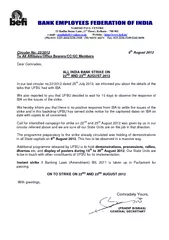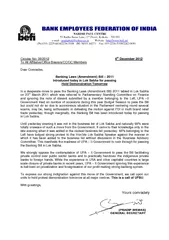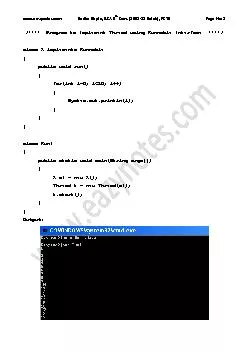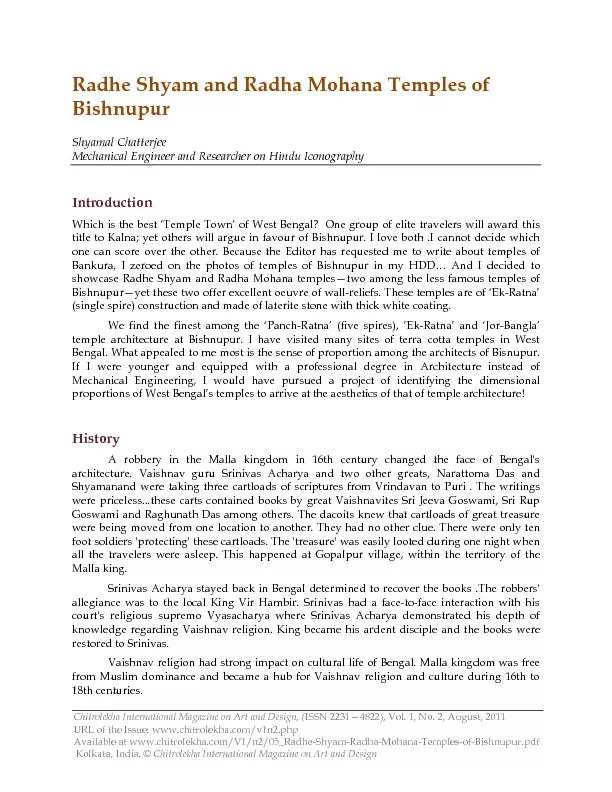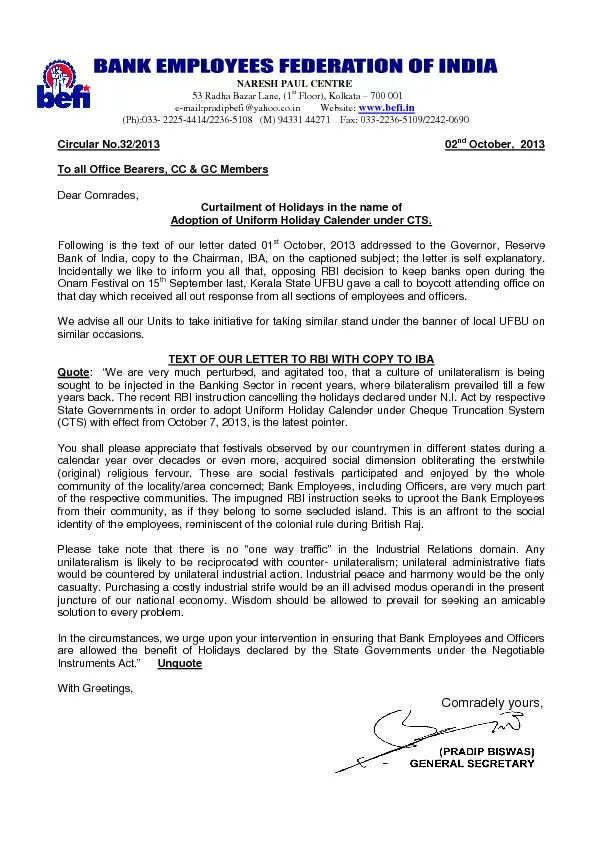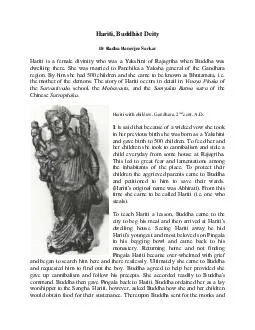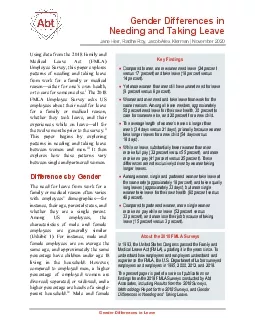PPT-Radha Malapati M.D, F.A.C.O.G
Author : LaughsALot | Published Date : 2022-08-03
Medical Director of Obstetrics John H Stroger Jr Hospital of Cook County Assistant Professor Department of OBGYN Feinberg School of Medicine Northwestern University
Presentation Embed Code
Download Presentation
Download Presentation The PPT/PDF document "Radha Malapati M.D, F.A.C.O.G" is the property of its rightful owner. Permission is granted to download and print the materials on this website for personal, non-commercial use only, and to display it on your personal computer provided you do not modify the materials and that you retain all copyright notices contained in the materials. By downloading content from our website, you accept the terms of this agreement.
Radha Malapati M.D, F.A.C.O.G: Transcript
Download Rules Of Document
"Radha Malapati M.D, F.A.C.O.G"The content belongs to its owner. You may download and print it for personal use, without modification, and keep all copyright notices. By downloading, you agree to these terms.
Related Documents


